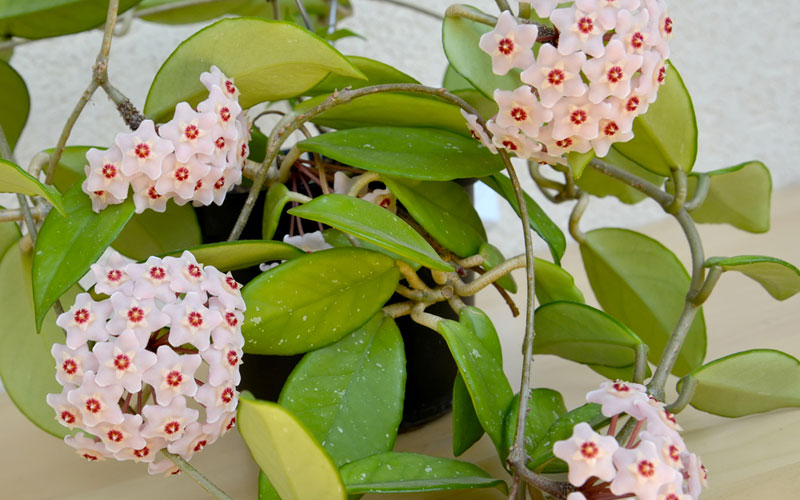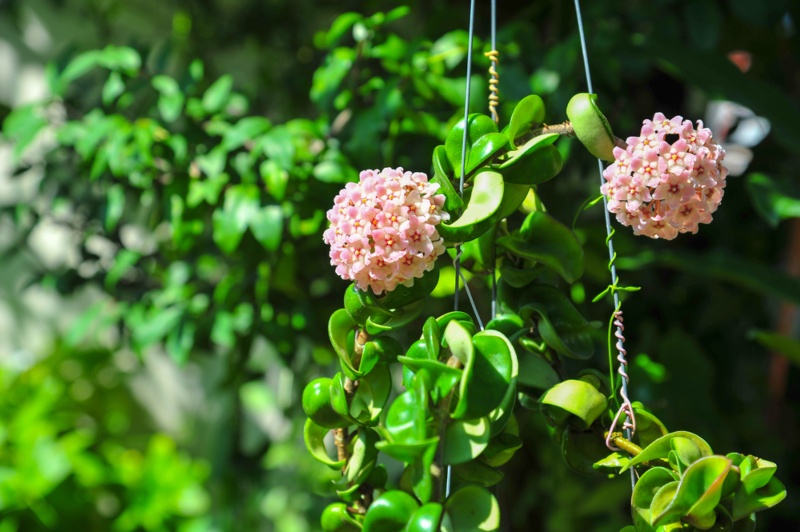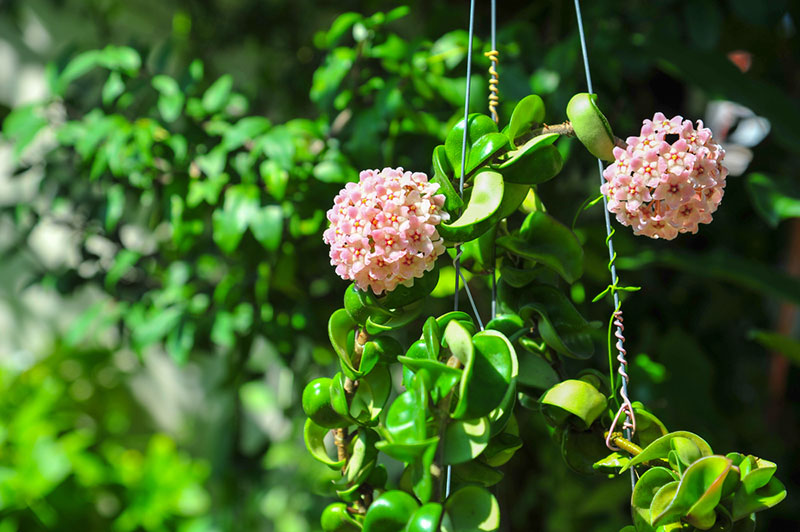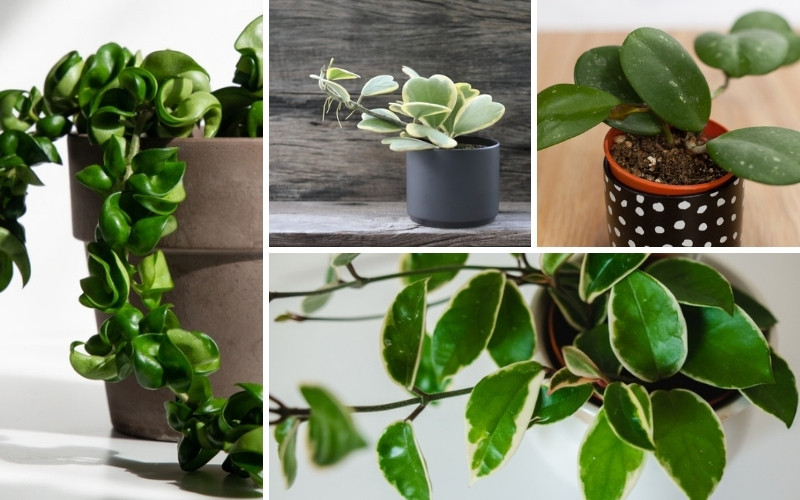
Almost every plant enthusiast knows or at least has heard about Hoyas, which can be significantly attributed to the fact that they are some of the easy-to-care plants.
Known for their slow-growing and vining nature, Hoyas are thick plants characterized by shiny foliage and scented flowers.
Upon maturity, Hoyas will produce a cluster of attractive flowers filled with scents ranging from chocolate to cinnamon.
Being nontoxic to both plants and animals, the attractively flowered plant has become a standard option for people who fancy carefree house plants.
There are different types of Hoya Plants, and each has a distinct set of requirements and characteristics.
Some of them include:
Green Hoya
This type of Hoya thrives in medium to bright light intensities. However, the plant is still able to tolerate lower intensities. However, the plant won’t easily produce flowers once in the dark. It is best to irrigate your Green Hoya thoroughly, most preferably after its pot is completely dry when it comes to watering. The plant will do fine in the typical house humidity and does pretty well between 60 and 87 degrees.
Hoya Kentiana
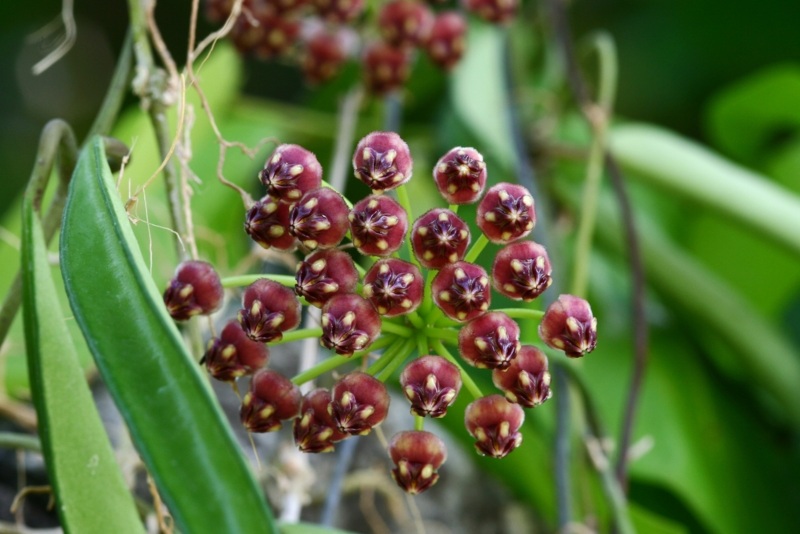
It would be best to place your Hoya Kentiana in low but direct sunlight for the best results. Keep in mind that the more light the plant is exposed to, the faster and better it grows. Ensure that its soil volume is completely dry before you water. Ensure that you discard any excess water after watering it, as it will go a long way in protecting the roots from rot. You can use general house plant fertilizers on the plant too!
Hoya Carnosa Compacta
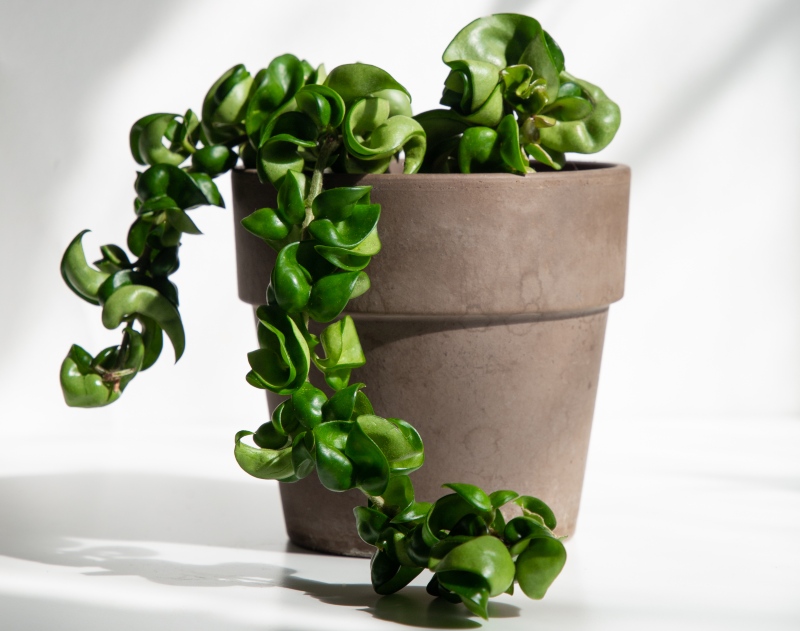
Hoya Carnosa Compacta is one of the most popular species among the Hoya family. The ever-green epiphyte has its origins deeply rooted in the Eastern parts of Asia and Australia. With variegated dark green leaves, the Hoya Carnosa thrives in high locations. This includes edges, hanging pots, and such. This ensures that you enjoy the beautiful trailing vines. Its most suited growing period starts from mid-spring and runs all the way to the summer. For watering, you should irrigate your Carnosa according to the season you are in. For example, you should always ensure that the soil is at least moist in between spring and fall. During winter, the growth slows down and therefore won’t require a lot of water.
Hoya Australis Lisa
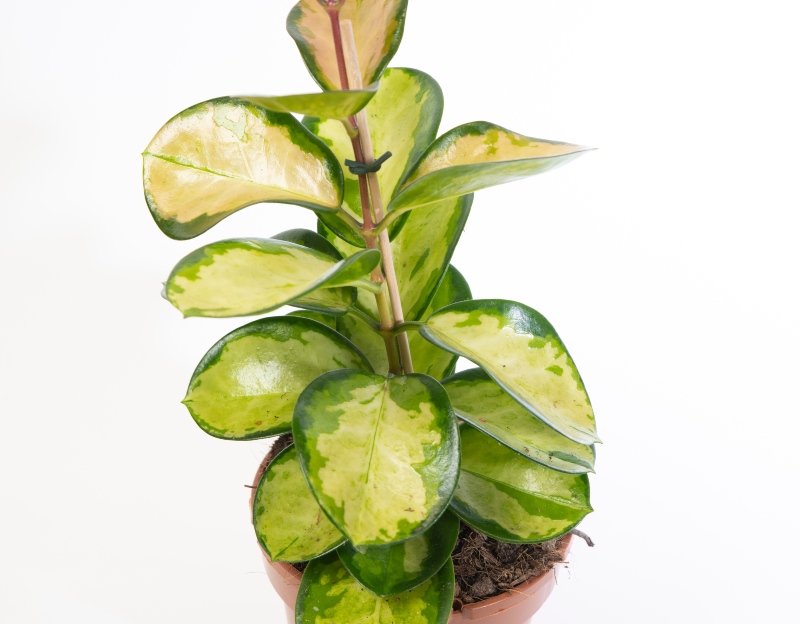
Hoya Australis Lisa is a beautiful and colorful Hoya. A variegated cultivar of the Hoya Australis, Lisa is a fast-growing Hoya species that grows and produces vibrantly colored leaves. As the plant ages and matures, the leaves tend to change in color—the extent to which the leaf color changes will depend on the amount of light being exposed to. Being Australian, the plant can survive weeks of drought. However, this doesn’t mean that you leave them hanging for months; regular watering will go a long way. Lastly, some people prefer the Lisa species due to their ability to purify the air with little or no care.
Hoya Kentiana
The tropical perennial Hoya species has interesting foliage that will add that extra span to your living room, thus proving to be an essential addition to your home jungle. Taking good care of the Hoya Kentiana will have you enjoying the fragrance from the flowers within a short period. They do pretty well in peat-based potting mixes. However, if such soil isn’t available, you can go for soil rich in bark. However, one thing to note about them is that they thrive on a lot of bright and direct sunlight, which means they won’t do well in a poorly lit space.
Hoya Macrophylla
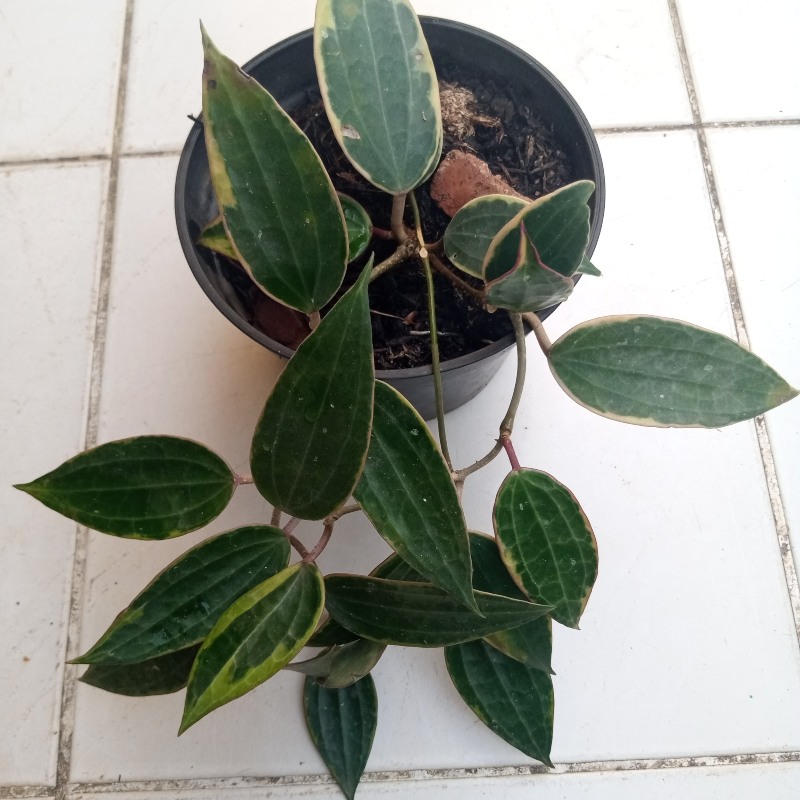
Caring for the Hoya Macrophylla is relatively easy. Even though it isn’t among the most accessible types of Hoyas to find, it should be up there on your priority list. It has long-living succulent vines that are specifically adapted for endurance. The Macrophylla can even bloom the famous star-shaped flowers. The plant will brighten your room quickly! As opposed to most other Hoya plants, Macrophylla grows in limestone-rich areas. As such, it will only do well in alkaline soil, thus eliminating the need to use peat (it is acidic). Let the top inch of the soil dry out completely before the next watering.
Hoya Retusa
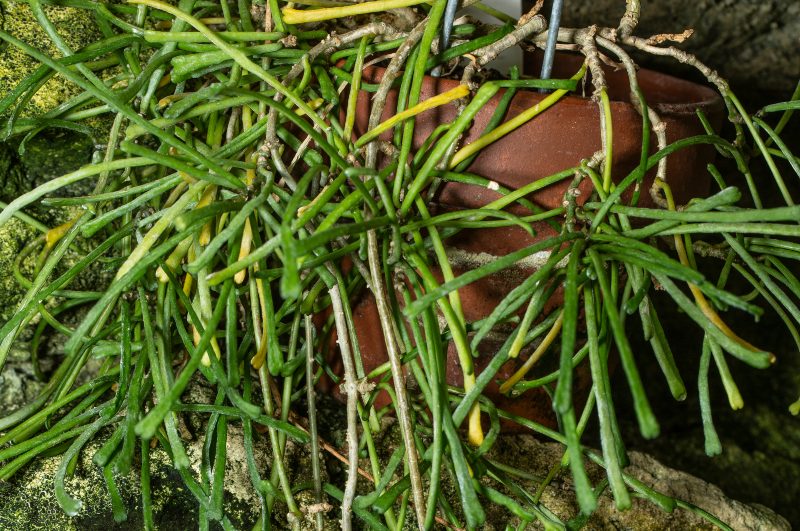
The Hoya Retusa does well in well-draining soils and enjoys bright sunlight. However, they do not look like most other Hoya members but have more or less the exact care needs and requirements. Being a tropical plant, the Hoya Retusa will grow well in humid environments and survive up to 40% indoor humidity. The plant might tend to brown on low humidity levels, especially around the leaves.
Speckled Hoya
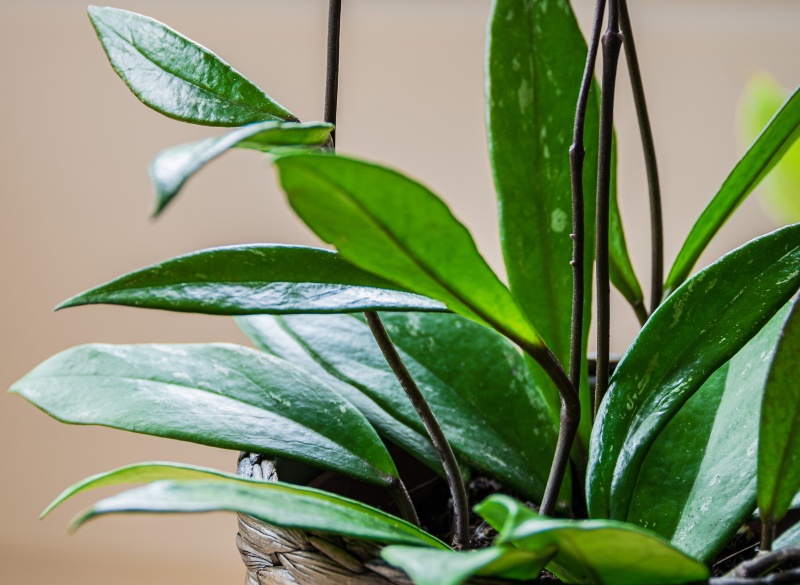
This is a unique Hoya type with white speckles distributed throughout the green leaves. Also known as the Hoya Publicalyx, the Speckled Hoya can produce distinct pink flowers, especially if taken care of well. This is not hard; a simple shower once a month and enough nutrients in a well-drained soil mixture will ensure that your plants are blooming and livening up your space.
Hoya Crimson Queen
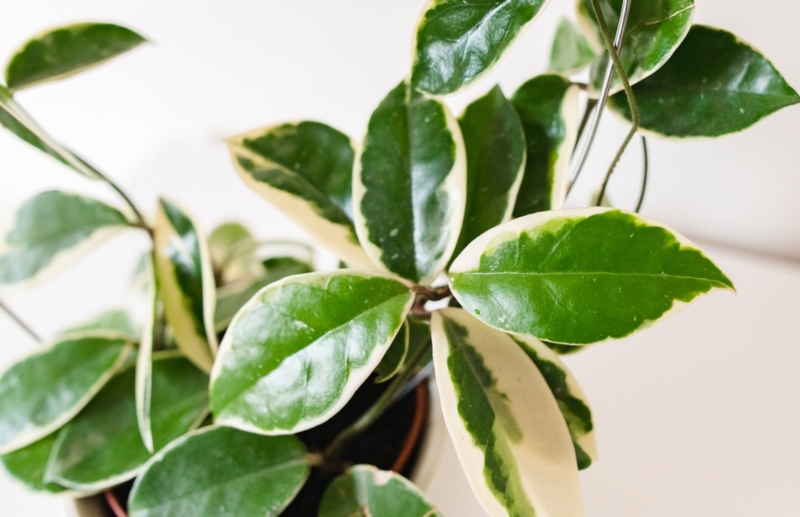
Generally, the Crimson Queen makes an ideal low-maintenance plant. Being one of the fast-growing members of the Hoya family, it won’t take time till you start noticing the additional aesthetic touch provided by the “Hindu Rope.” This plant requires bright sunlight and is well suited to be placed on the east-facing windows. The ideal temperatures of growth range from 61 degrees F to 95 degrees F. It is recommended that you water the plant at least once every week.
Hoya Crimson Princess
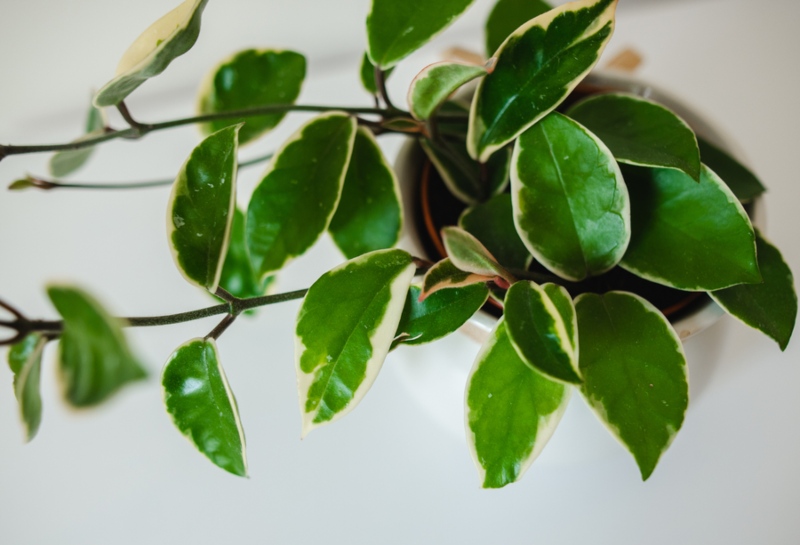
The main difference between the Hoya Crimson Queen and Princess is that the leaves appear creamy and have a green margin for the princess. Other than that, all other features resemble the Queen.
Hoya Heart
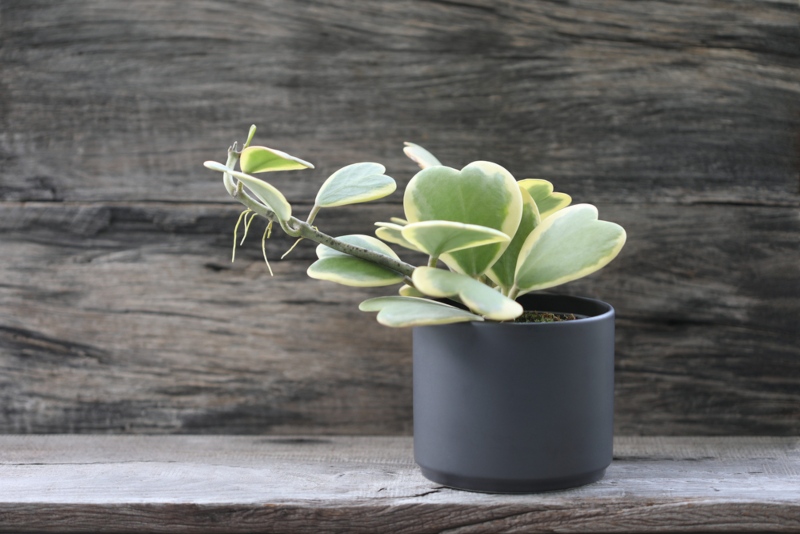
Also known as Hoya Kerii, Hoya Heart is a species of Hoya with unique heart-shaped leaves. The morphology and appearance make it a perfect Valentine’s Gift, as the single heart-shaped leaf can grow up to 6 inches and be sold as a leaf cutting. However, you should note that this type of Hoya needs quickly draining and loose soils, such as orchid pot soil. You can also create your soil mix using orchid bark, perlite, and soil. Hoya Heart plants will do just fine with direct sunlight every now and then.
Hoya Pandurate
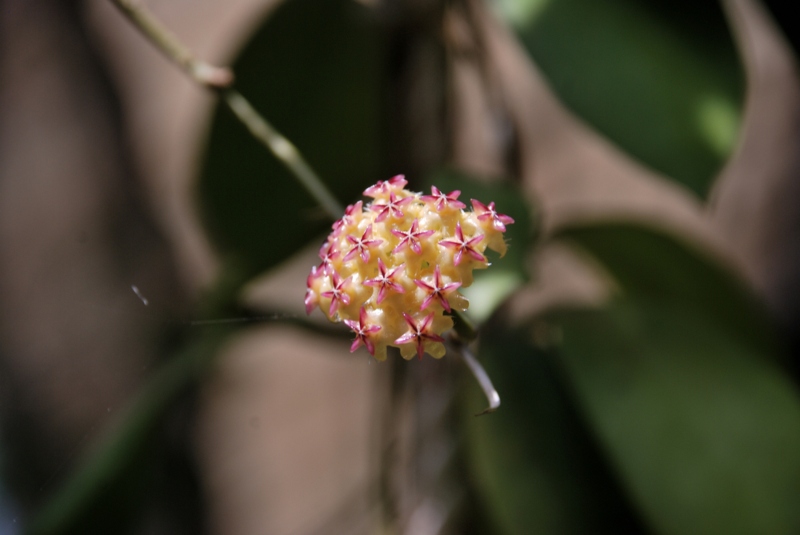
A native of China, the Hoya Pandurata is mainly adapted to survive cooler temperatures. Additionally, the plant will do well in well-drained soil that allows enough aeration for the roots. When it comes to lighting, the Pandurata requires minimal sunlight. However, if blooms are to appear, the plant has to enjoy several hours of direct sunlight.
Hoya Obovata
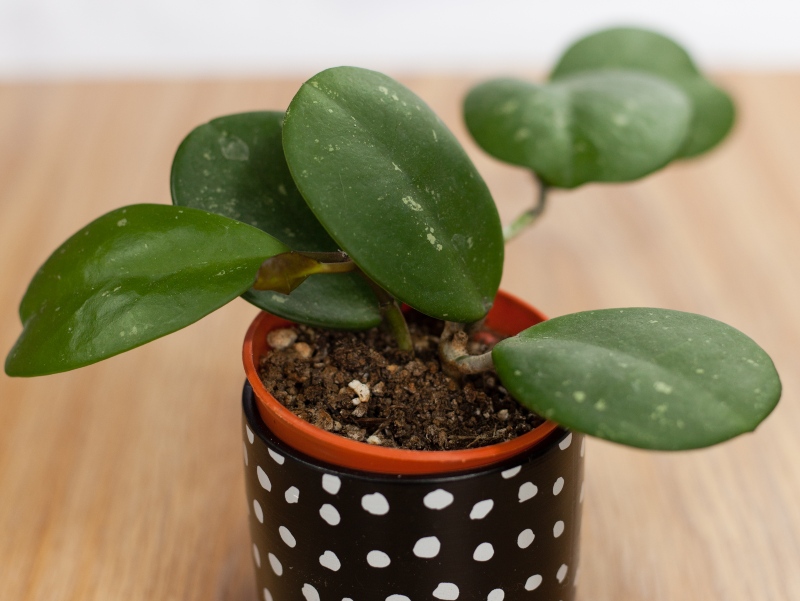
Hoya Obovata is known for its fast-growing trait. These plants also require regular fertilization, especially during spring and summer. Once you notice the Hoya nearing blooming, it is recommended that you switch to phosphorus-rich fertilizers to ensure vigorous blooming. Plant your Hoya Obovata in an airy and well-draining soil mixture for root drainage, aeration, and healthier growth. The soil pH shouldn’t exceed 7.4. It is generally an easy-going plant and will thrive even without a lot of sunlight.
Hoya Shepherdii
This is one of the most enchanting Hoya plants. It is popularly known for its elongated-shaped leaves. In fact, some people refer to it as the string bean Hoya. Its vibrant foliage makes it one of the most beautiful house plants. To get the most out of it, it would be best to place it on a hanging basket. When choosing soil to plant it in, the main thing you have to consider is the drainage. The roots require enough aeration for better growth, and well-drained soils will do just that. The major selling point of the Shepherdii is its tendency to tolerate drought; it can survive for weeks without water.
However, regular watering is advised so that the leaves do not wilt.
Hoya Archboldiana
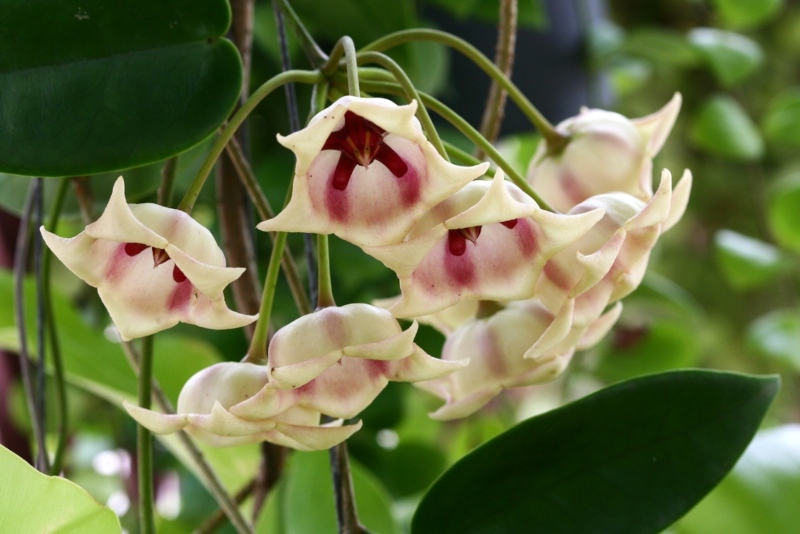
According to multiple sources, the plant is native to Papua New Guinea. The drought-tolerant Hoya will do well with minimal care and direct sunlight. The rule of thumb is to water it at least once every week, especially during its early growth stages. You can reduce the frequency as time goes by.





